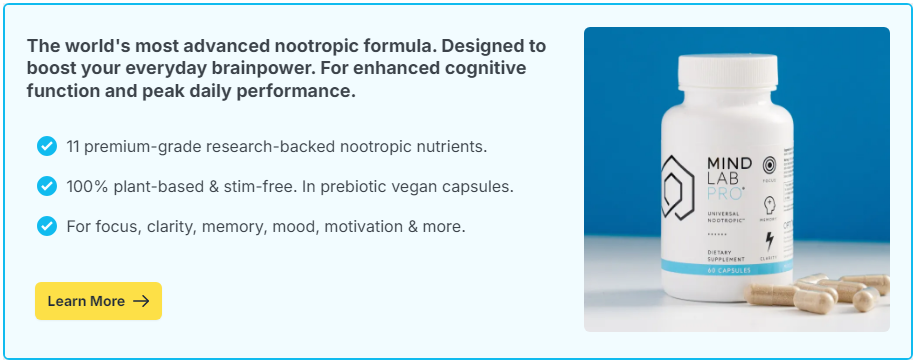
Much like an artist folding a plain sheet of paper into a crane, your brain has a remarkable talent for compressing complicated information into elegant, usable forms. This mental folding – what we can think of as “mental origami” – is the process by which intricate concepts are reshaped into patterns you can easily recall, explain, and apply. Whether you are decoding advanced mathematics, interpreting legal jargon, or breaking down a complicated recipe, your mind uses layers of cognitive folding to make the information manageable without losing its essence.
Understanding how mental origami works not only reveals the hidden artistry of human thought but also helps you refine it. By training this ability, you can learn faster, explain ideas more clearly, and adapt knowledge to new situations more effectively.
Contents
The Folding Process: From Complexity to Clarity
The brain receives information in raw form – data points, sensory input, symbols, and patterns. It then engages multiple regions to process and reorganize these inputs into a structured, simplified representation. This process involves:
- Chunking: Grouping individual pieces of information into larger, meaningful units.
- Pattern recognition: Identifying recurring structures or themes that link ideas together.
- Abstraction: Stripping away unnecessary details to focus on the core concept.
- Encoding: Transforming complex ideas into forms that are easier to store and retrieve, such as mental images or narratives.
For example, when you first learn chess, each piece’s movement feels like a separate rule to memorize. With practice, your brain folds those rules into patterns, such as “develop pieces toward the center” or “control open files.” Instead of juggling dozens of separate instructions, you operate with a smaller set of principles that cover many situations.
The Neuroscience of Simplification
Mental origami engages multiple brain networks, including the prefrontal cortex (for planning and decision-making), the parietal lobes (for spatial and mathematical reasoning), and the hippocampus (for memory integration). Functional MRI studies show that as you become more proficient in a subject, activity in these areas becomes more coordinated, suggesting the brain is streamlining how it processes and recalls information.
This efficiency is not about losing depth – it is about storing the “folded” version in a way that allows for rapid unfolding when needed. The neural connections formed during learning act like the creases in origami paper: they guide your recall, allowing you to reconstruct the full complexity of an idea from its simplified version.
Why Mental Folding Matters
Without the brain’s ability to simplify, you would be overwhelmed by the sheer volume of detail in your environment. Mental origami enables:
- Faster decision-making: Clear frameworks reduce hesitation.
- Better communication: Simplified explanations make it easier to share knowledge with others.
- Adaptability: Folded concepts can be applied in new contexts with minimal re-learning.
- Long-term retention: Organized information is easier to store and recall accurately.
Think of scientists explaining quantum mechanics to the public. They cannot share every equation, so they fold the key principles into analogies or simplified models. This keeps the core truth intact while making it digestible to a broader audience.
Training Your Mental Origami Skills
Like real origami, mental folding is a skill that improves with deliberate practice. Here are some techniques:
- Teach others: Explaining a concept forces you to distill it into essential points.
- Create analogies: Compare new ideas to familiar ones to make them more relatable.
- Mind mapping: Visually organize related concepts to see patterns more clearly.
- Iterative summarization: Summarize a topic, then summarize the summary until it fits into one sentence.
- Ask “Why” repeatedly: This peels back complexity to reveal the core idea beneath layers of detail.
When Folding Goes Wrong
While simplification is powerful, it can backfire if overdone. Oversimplifying can lead to misunderstandings, loss of nuance, or reliance on stereotypes. For example, reducing a historical event to a single cause ignores the complexity of its context. In mental origami, the goal is not to eliminate detail but to preserve the structure in a condensed form that can be unfolded when needed.
Being aware of this risk means regularly revisiting your folded concepts and expanding them when the situation demands more precision. This ensures your knowledge remains both accessible and accurate.
Nootropics, Brain Health, and Cognitive Folding
Your ability to fold and unfold complex ideas depends on how efficiently your brain communicates between regions. Factors such as sleep quality, nutrition, and mental stimulation all affect this process. Some people use nootropics and brain supplements to support working memory, focus, and neural plasticity – the brain’s ability to form new connections. While supplements will not fold ideas for you, they may improve the clarity and speed of the folding process, making it easier to compress and expand concepts as needed.
Real-World Applications of Mental Origami
Mental folding is at play in countless situations:
- Business Strategy: Leaders distill complex market data into clear strategic directions.
- Medical Practice: Doctors synthesize test results, patient history, and current symptoms into a diagnosis.
- Creative Work: Writers condense extensive research into compelling narratives.
- Personal Decisions: Individuals weigh multiple factors – financial, emotional, practical – into a single choice.
In each case, the value lies in capturing the essence without drowning in the details, then unfolding the details when precision is required.
The Ongoing Craft of Thought
Mental origami is not about cutting corners – it is about craftsmanship. By folding ideas into compact, accessible forms, you make them easier to carry, share, and apply. Like a skilled origami artist who knows exactly how to unfold a model without tearing it, you can develop the ability to expand a simplified concept back into its full complexity when needed. With practice, your mind can handle intricate information gracefully, transforming complexity into clarity without losing the beauty of the original design.

